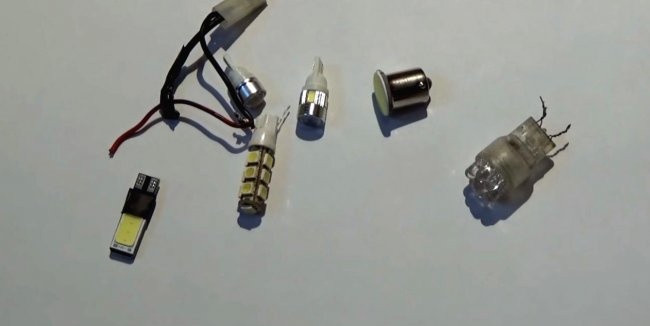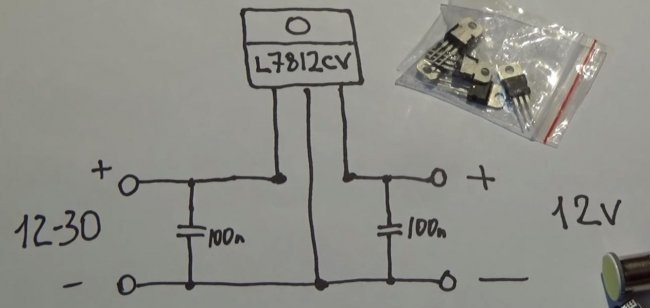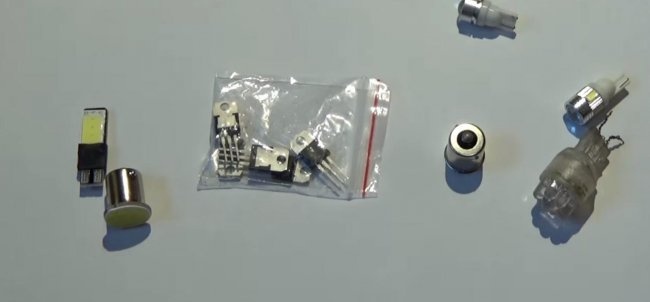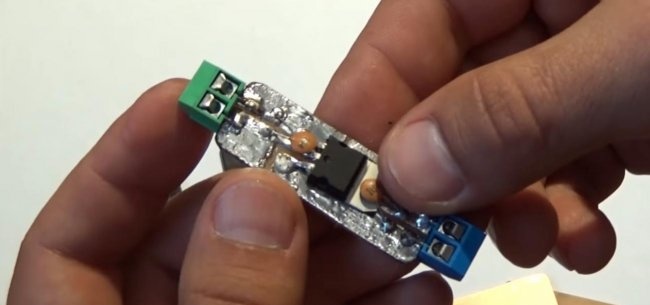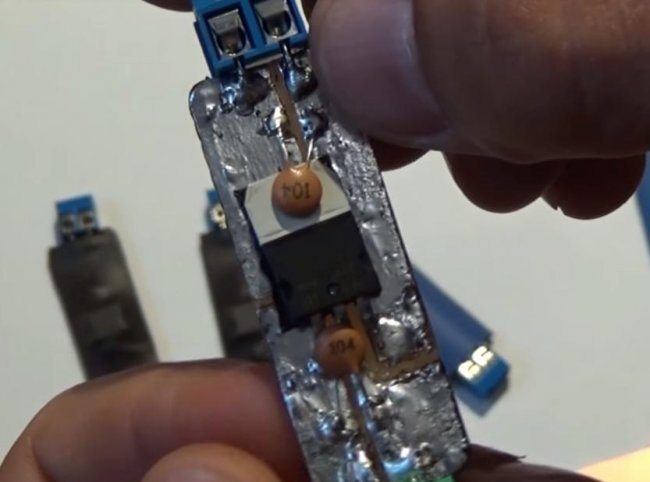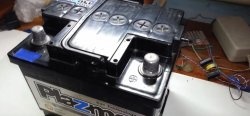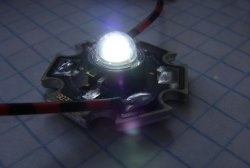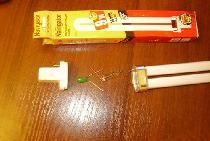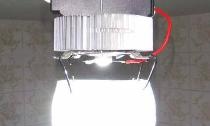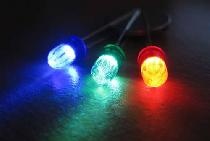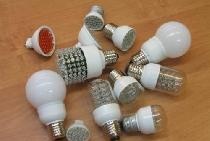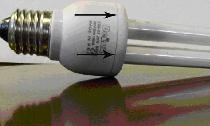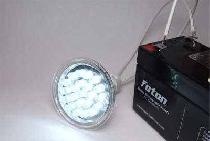Typically, these LED lamps have low power and current consumption. Than actually speaking and their choice is caused.
By itself, the LED easily serves in optimal conditions for more than 50,000 hours, but in the car, especially in the domestic one, it is sometimes not enough for a month. First, the LED starts to flicker, and then it burns out altogether.
What is the reason for this?
The lamp manufacturer writes the “12V” marking. This is the optimal voltage at which the LEDs in the lamp operate at almost maximum. And if you apply 12 V to this lamp, then it will serve at maximum brightness for a very long time.
So why does it burn out in a car? Initially, the voltage of the vehicle’s on-board network is 12.6 V. An overstatement of 12 is already visible. And the voltage of the wound-up vehicle network can reach up to 14.5 V. We add to all this various surges from switching high-power high or low beam lamps, powerful voltage pulses and magnetic interference when starting the engine from the starter. And we will not get the best network for powering LEDs, which, unlike incandescent lamps, are very sensitive to all changes.
Since often in simple Chinese lamps there are no limiting elements other than a resistor, the lamp fails from overvoltage.
During my practice, I changed dozens of such lamps. Most of them did not serve even a year. In the end, I got tired and decided to look for a simpler way out.
Simple voltage regulator for LEDs
To ensure comfortable operation for LEDs, I decided to make a simple stabilizer. Absolutely not complicated, any motorist can repeat it.
All we need:
- - ,
- - ,
- - .
- - a piece of PCB for the board,
- - .
Look like that's it. All equipment costs a penny on Ali express links in the list.
Stabilizer circuit
The scheme is taken from the datasheet on the L7805 chip.
Everything is simple - the entrance is on the left, the exit is on the right. Such a stabilizer can withstand up to 1.5 A load, provided that it is installed on the radiator. Naturally for small bulbs no radiator is needed.
LED Stabilizer Assembly
All you need is to cut out the desired piece from the PCB. You do not need to poison the tracks - I cut out simple lines with an ordinary screwdriver.
Solder all the elements and you're done. Does not need to be configured.
In the role of the body serves as a blower.
The plus of the circuit is that it is fashionable to use a car body as a radiator, since the central output of the microcircuit housing is connected to the minus.
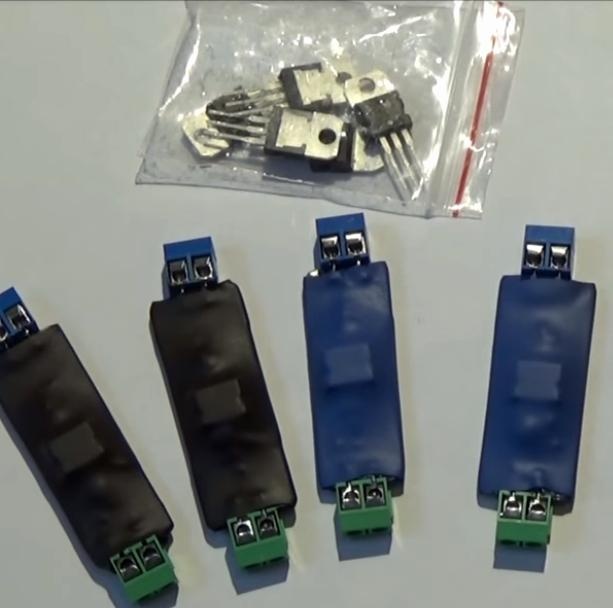
That's all, LEDs no longer fade. I’ve been traveling for more than a year and forgot about this problem, which I advise you.
